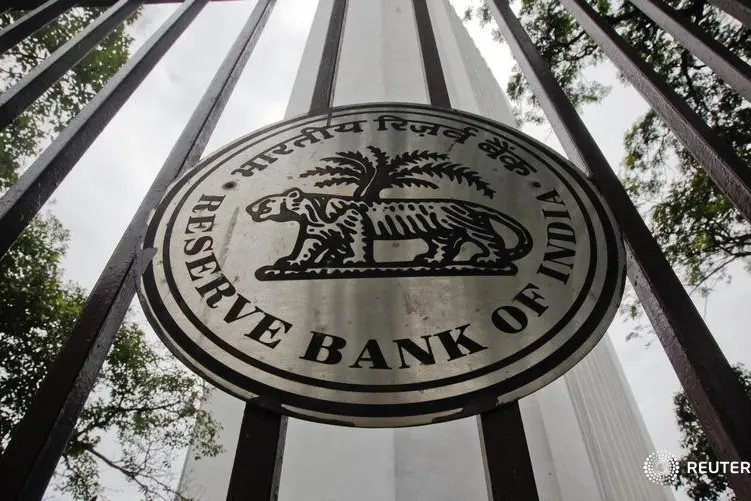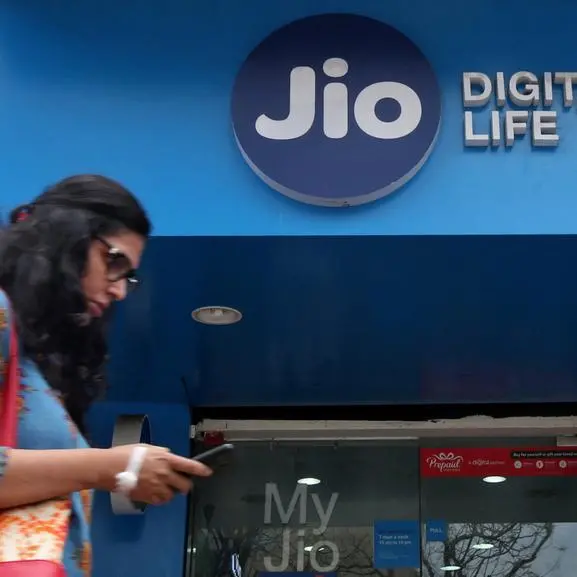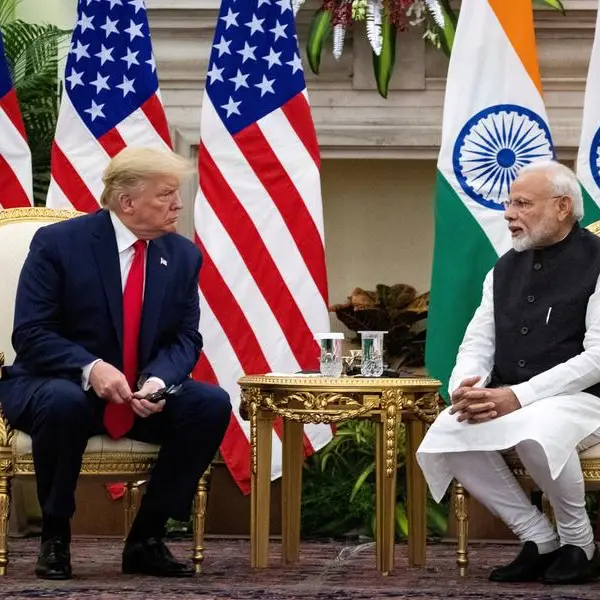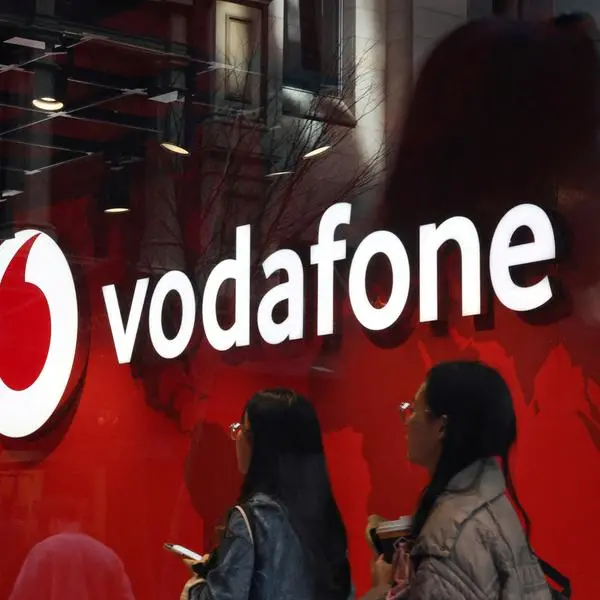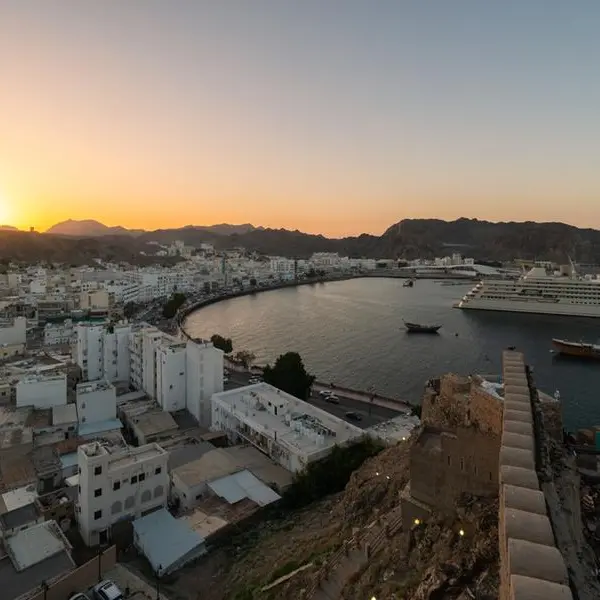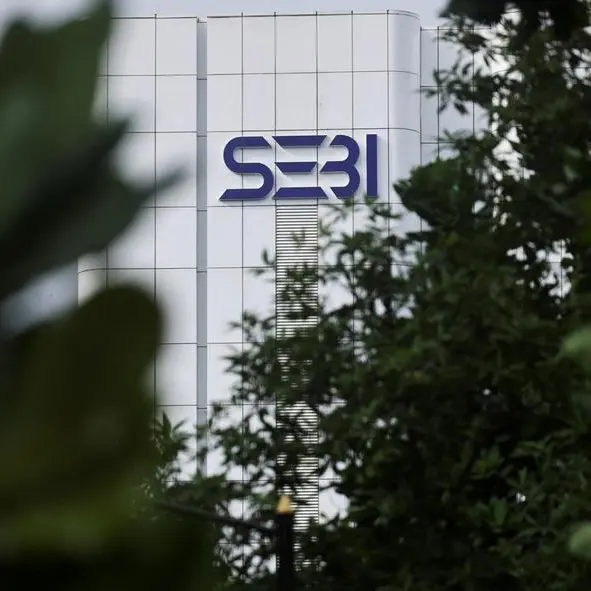PHOTO
India's central bank may not cut the key lending rate before February unless inflation falls sharply or a global crisis unfolds, a top treasury official of Axis Bank said.
On Thursday, the Reserve Bank of India left the repo rate unchanged at 6.50%, as expected. However, Governor Shaktikanta Das said the central bank needed to move towards the primary target of inflation at the 4% level, and it will do "whatever is necessary to ensure that long-term inflation expectations remain firmly anchored."
"The only reason to cut rates would be if inflation significantly surprises on the downside, or we have some... geopolitical event or a big banking or financial crisis in the developed markets, which then starts having an impact our economy," Neeraj Gambhir, group executive for treasury, markets and wholesale banking products, told Reuters.
The RBI kept its growth forecast at 6.5% for this financial year, and predicted headline inflation to average at 5.1%.
Gambhir said if growth sustained in line with the central bank's expectations, there would be no trigger to ease rates.
The central bank would not mind keeping real rates in the positive territory if inflation remains sticky, Gambhir added.
"I would predict rate cut may start in February-March, if we have some growth weakness, but nothing before that, and if growth does not weaken, then the expectation will be further pushed back."
LIQUIDITY DELUGE
Gambhir does not foresee a change in the bank's policy stance from "withdrawal of accommodation," citing the sharp increase in liquidity in the banking system. The central bank will continue to withdraw liquidity, the executive added.
"If the liquidity reduction story is not fully done, it makes sense to have 'withdrawal of accommodation' stance. When inflation trajectory is materially moving closer to the 4% target, that is the time they could change the stance."
The liquidity surplus in the banking system has stayed above 2 trillion rupees ($24.25 billion) in June, while nearly 1.8 trillion rupees of the withdrawn 2,000-rupee notes have returned, with more than 85% deposited in bank accounts, the central bank said.
This has forced the central bank to undertake two- to 14-day reverse repos and such operations are expected to continue in the near term.
"The 14-day variable rate reverse repo auction is the main tool that the central bank will deploy to remove liquidity, and if required they could do short-term VRRR as well, but overnight VRRR is not our base case." ($1 = 82.4810 Indian rupees)
(Reporting by Dharamraj Dhutia and Siddhi Nayak; Editing by Dhanya Ann Thoppil)
